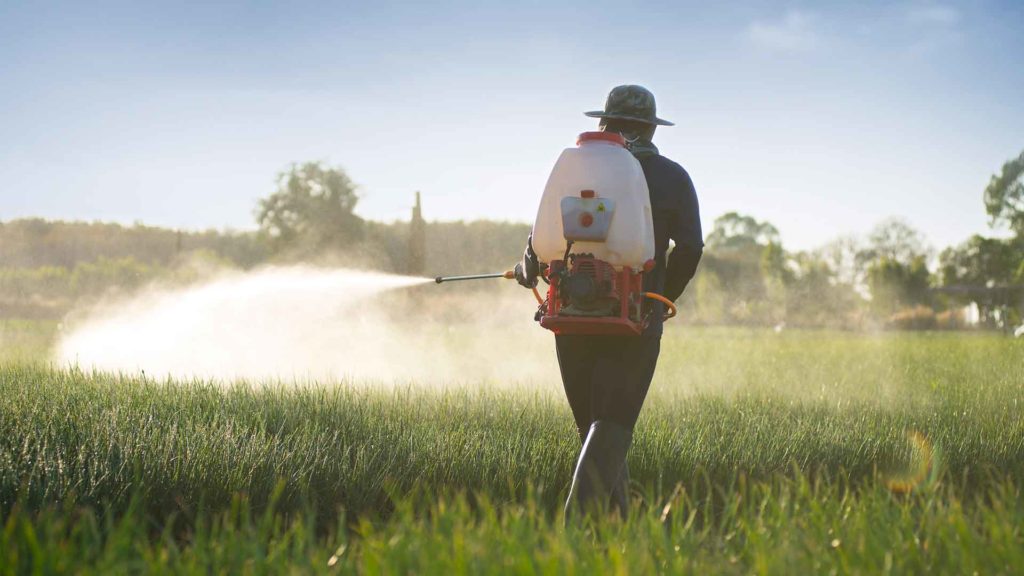Overview
Global Food Dynamics and Boron: According to the FAO (Food and Agriculture Organization), nearly 1/3 of all fruit & vegetables produced globally are wasted each year, according to the FAO (Food and Agriculture Organization). How can Boron Help alleviate this wastage?

Global Food Dynamics and Boron
There is more than enough food produced today to feed every last one of us. Yet the FAO states that up to 811 million people remain chronically undernourished amid signs of diminishing momentum toward reaching Zero Hunger.
Malnutrition
Malnutrition, meanwhile, is taking a heavy toll across developing and developed nations. While stunting–low height for age–is slowly decreasing, more than two billion adults, adolescents, and children are now obese or overweight. The consequences are severe for public health, national wealth, and individuals’ and communities’ quality of life.
These worrying trends coincide with the diminishing availability of land, increasing soil and biodiversity degradation, and more frequent and severe weather events. The impact of climate change on agriculture compounds the situation.
Lost or Wasted Food
A United Nations Environment Programme (UNEP) data indicates that roughly one-third of the food produced in the world for human consumption every year–approximately 1.3 billion tonnes gets lost or wasted.
In 2011, FAO estimated that around 1/3 of the world’s food was lost or wasted yearly. Since then, much has changed in the global perception of the problem.
Food loss is the decrease in the quantity or quality of food resulting from decisions and actions by food suppliers in the chain, excluding retailers, food service providers, and consumers. Food waste refers to the decrease in the quantity or quality of food resulting from decisions and actions by retailers, food service providers, and consumers.
Food loss and waste have indeed become an issue of great public concern. The 2030 Agenda for Sustainable Development reflects the increased global awareness of the problem. Target 12.3 of the Sustainable Development Goals (SDGs) calls for halving per capita global food waste at retail and consumer levels by 2030 and reducing food losses along the production and supply chains.
How Boron Can Help
Boron (B), a nonmetal micronutrient, is essential for plants’ normal growth and development, including rice; its essentiality was first reported in 1933 Boron deficiency affects the yield of 132 crops in at least 80 countries.
Insufficient levels of available B in soils reduce crop yield, impair grain quality, and increase the susceptibility of crops to diseases. However, B requirements vary among plant species and depend on soil type (calcareousness/alkalinity), soil moisture, pH, B concentration, soil organic matter, and plant species.
Boron deficiency has been reported in rice-growing soils, where it causes substantial yield losses. About 35% of the 2.6 million ha rice area in Pakistan (i.e., 0.91 million ha) suffers from B deficiency; fine-grain Basmati and IRRI-type coarse-grain cultivars are adversely affected by a boron deficiency.
Boron Helps In Plant Growth
The robust growth and functioning of all living organisms, including plants, require a well-balanced uptake of nutrients from the environment. However, nutrients are not always readily available in the environment at the organisms’ optimal levels.
This issue is exacerbated for sessile plants, which take up essential minerals required for their growth and functioning from the soil, in which the nutrient concentrations are mainly determined by the elemental contents of igneous rocks. Most soils are deficient or above essential elements ( Roy et al., 2006 ).
Plants have therefore evolved to take up these essential minerals from the soil in a regulated manner over a wide range of concentrations through their roots, conveying the nutrients to the rest of the plant body via the vascular network. For a well-balanced uptake of nutrients from soils by roots, nutrient transport processes need to be regulated in a nutrient-dependent manner, which constitutes one of the essential processes for plant growth and crop production.
Nutrient uptake by roots often involves substrate-dependent regulated nutrient transporters. The system requires a regulatory circuit within cells and collective, coordinated behavior across the tissue for robust uptake.
A paradigm for such systems is boron uptake, known for its directional transport and homeostasis, as boron is essential for plant growth but toxic at high concentrations. In Arabidopsis thaliana, boron uptake occurs via diffusion facilitators (NIPs) and exporters (BORs), each presenting distinct polarity. Intriguingly, although boron soil concentrations are homogenous and stable, both transporters manifest strikingly swift boron-dependent regulation.
Through mathematical modeling, we demonstrate that slower regulation of these transporters leads to physiologically detrimental oscillatory behavior. Cells become periodically exposed to potentially cytotoxic boron levels, and nutrient throughput to the xylem becomes hampered. We conclude that, while maintaining homeostasis, swift transporter regulation within a polarized tissue context is critical to prevent intrinsic traffic-jam-like behavior of the nutrient flow.
Sustainable Development Goals
By 2030, we will halve per capita global food waste at retail and consumer levels, reducing food losses along the production and supply chains.
Food losses and waste amount to roughly US$ 680 billion in industrialized countries and US$ 310 billion in developing countries. Industrialized and developing countries dissipate roughly similar quantities of food–670 and 630 million tonnes. Fruits, vegetables, roots, and tubers have the highest wastage rates of any food. Global quantitative food waste per year is roughly 30 percent for cereals, 40-50 percent for root crops, fruits, and vegetables, 20 percent for oilseeds, meat, and dairy, plus 30 percent for fish.
Reducing food loss and waste is critical to creating a Zero Hunger world and reaching the world’s Sustainable Development Goals (SDGs), especially SDG 2 (end Hunger) and SDG 12 (ensure sustainable consumption and production patterns).
United Nations (UN) reports that every year, consumers in rich countries waste almost as much food (222 million tonnes) as the entire net food production of sub-Saharan Africa (230 million tonnes). Consumer per capita waste is between 95-115 kg a year in Europe and North America, while consumers in sub-Saharan Africa and South and Southeastern Asia throw away only 6-11 kg a year.
According to the UN, total per capita food production for human consumption is about 900 kg a year in rich countries, almost twice the 460 kg a year produced in the poorest regions. In developing countries, 40 percent of losses occur at post-harvest and processing levels, while in industrialized countries, more than 40 percent of losses happen at retail and consumer levels. Large quantities of food are wasted at retail due to quality standards that over-emphasize appearance.
Food loss and waste also amount to a major squandering of resources, including water, land, energy, labor, and capital, and needlessly produce greenhouse gas emissions, contributing to global warming and climate change.
Even if just one-fourth of the food currently lost or wasted globally could be saved, it would be enough to feed 870 million hungry people worldwide.
A Shortlist of Measures To Promote Food Security
- Education and literacy
- Crop diversification
- Tackling climate change
- Integrated water management
- Integrated nutrient management
- Improved varieties
- Improved technology adoption
- Awareness of population growth
- Focus on small farmers
- Agricultural research education





